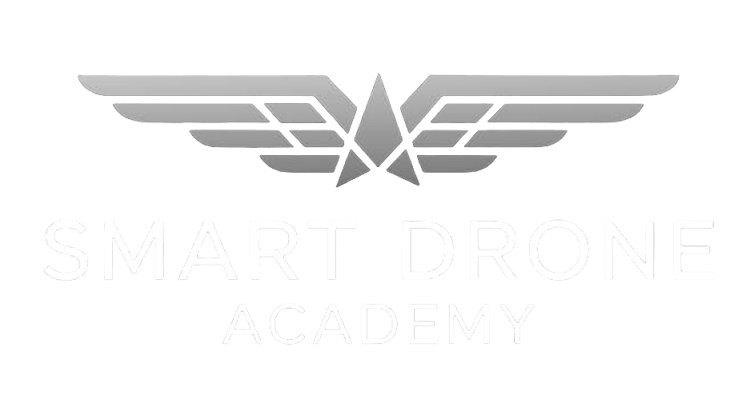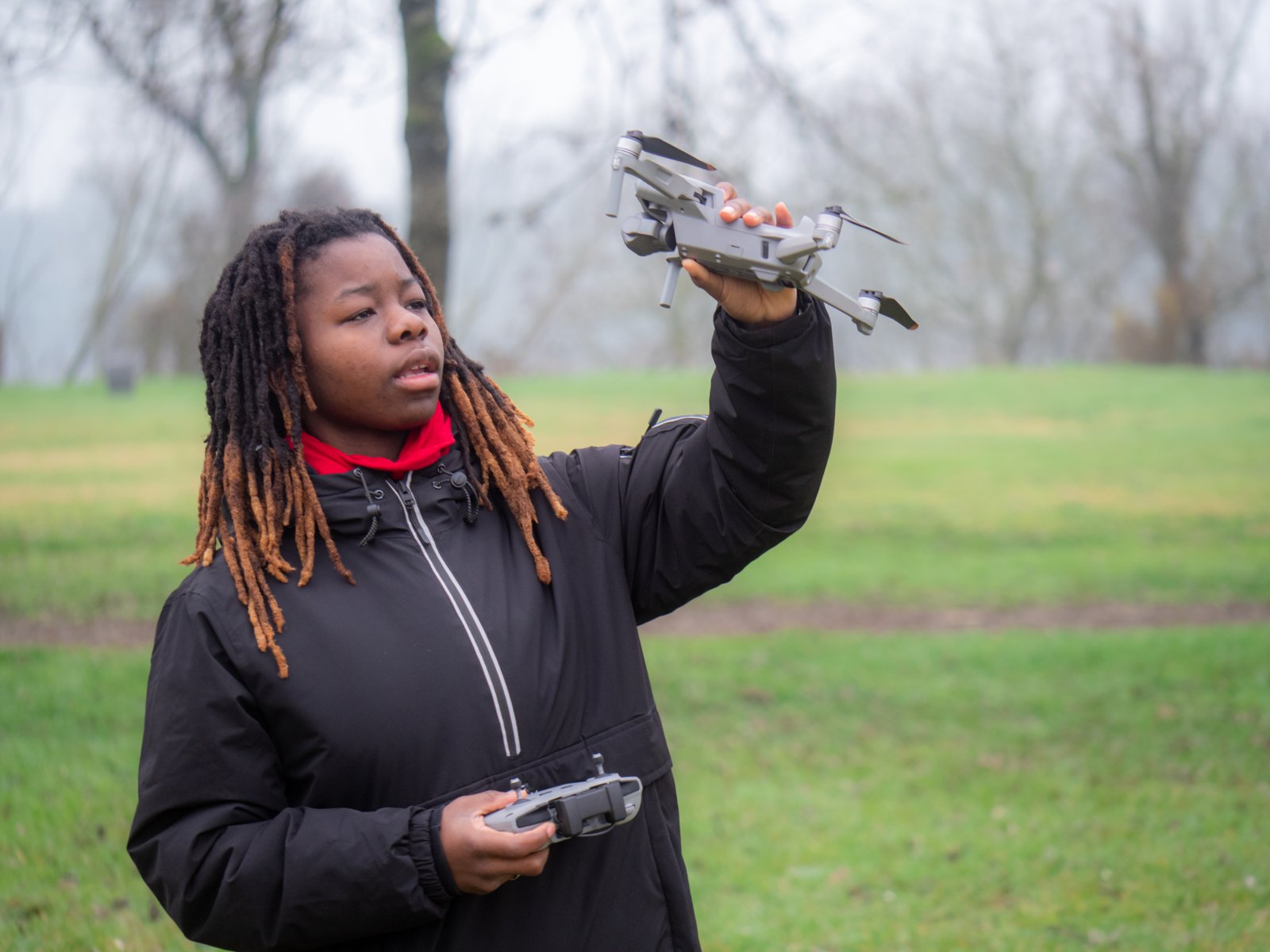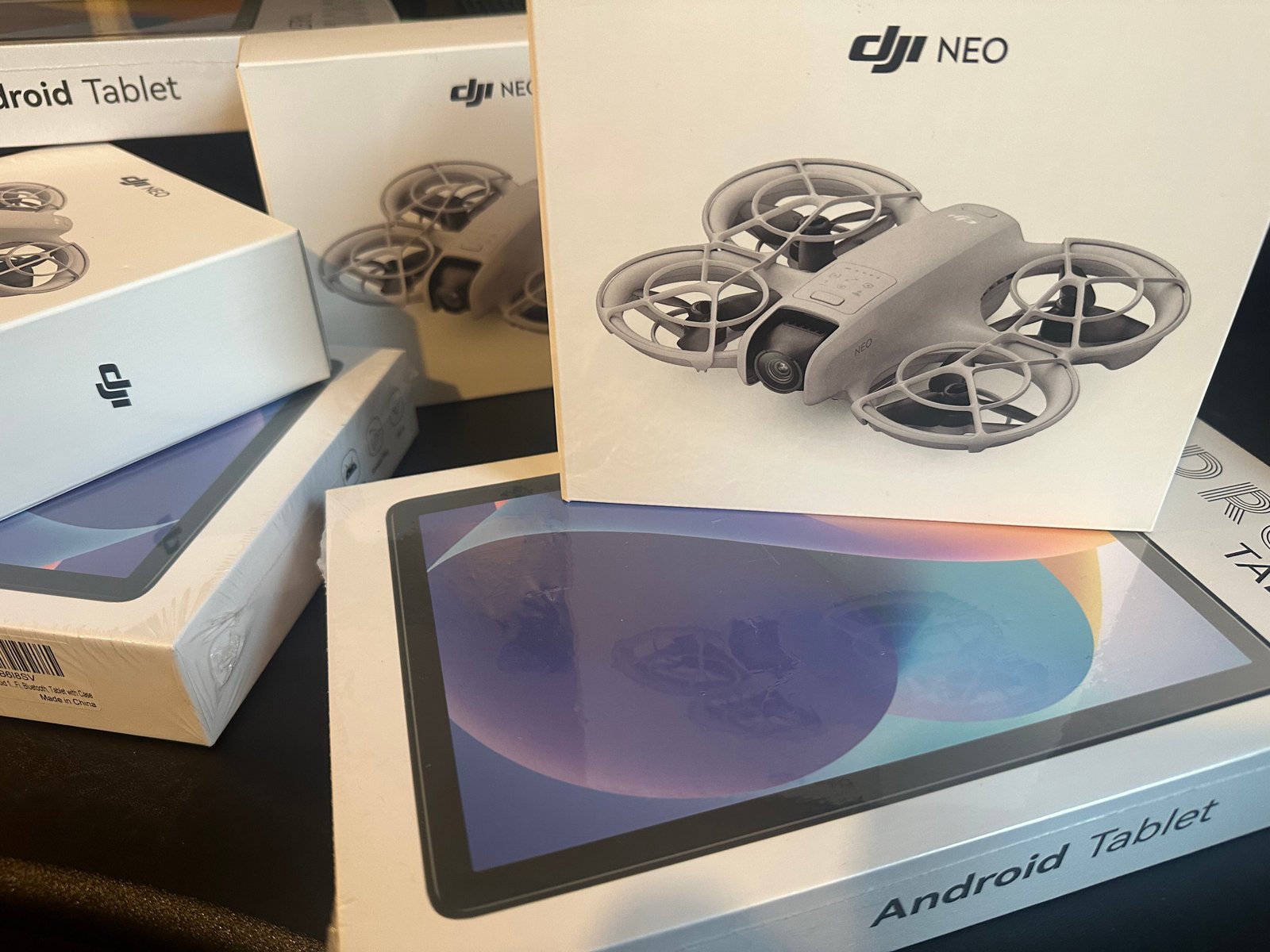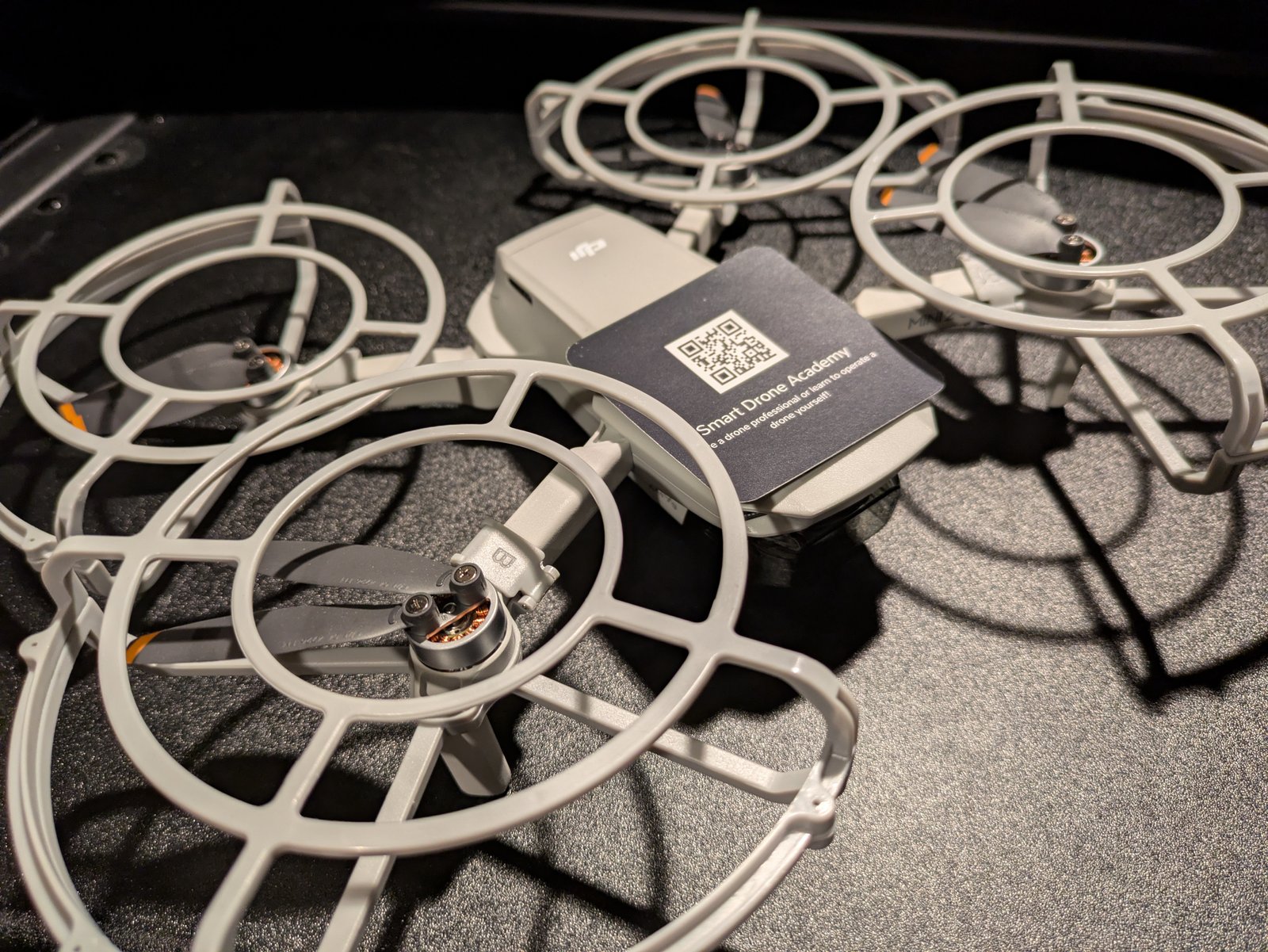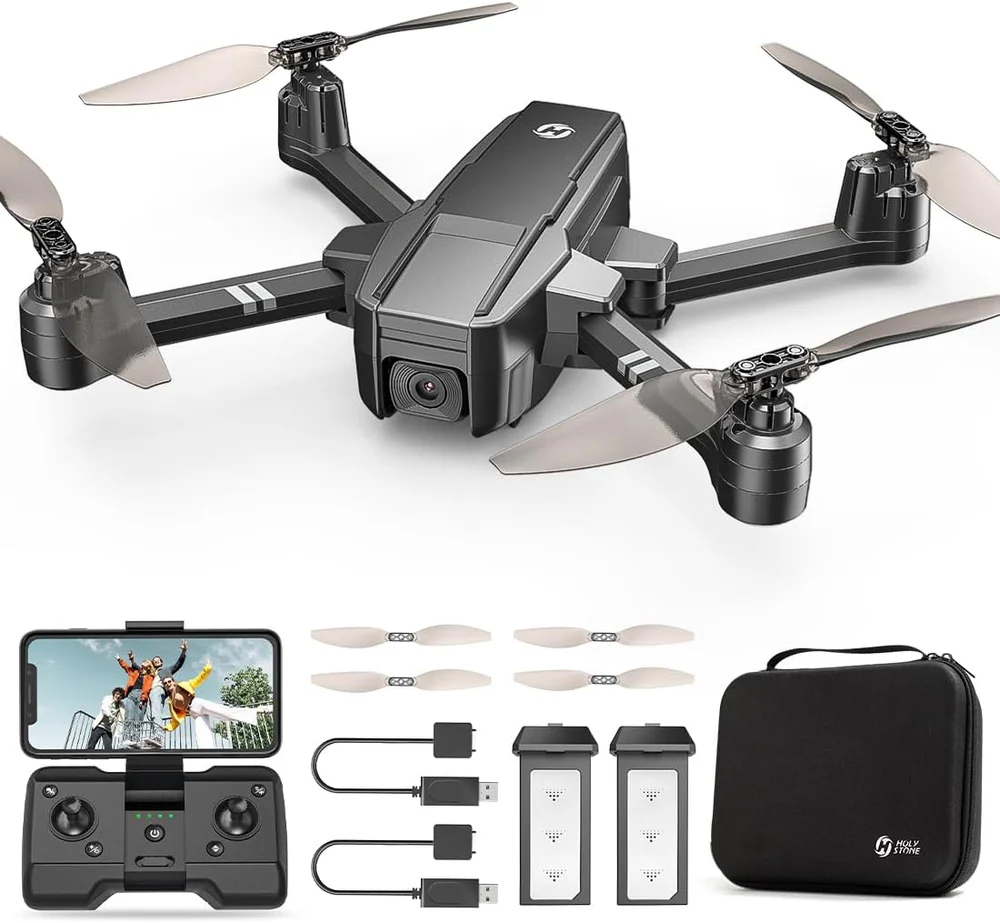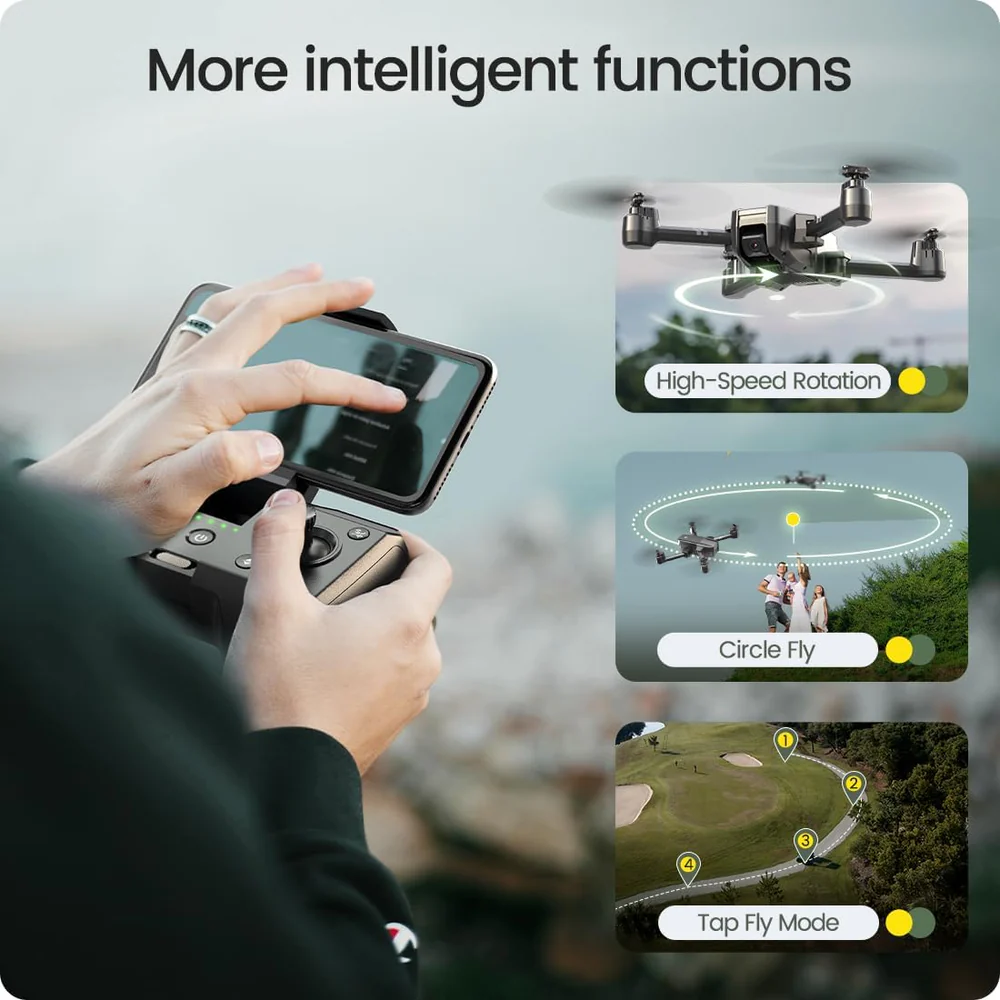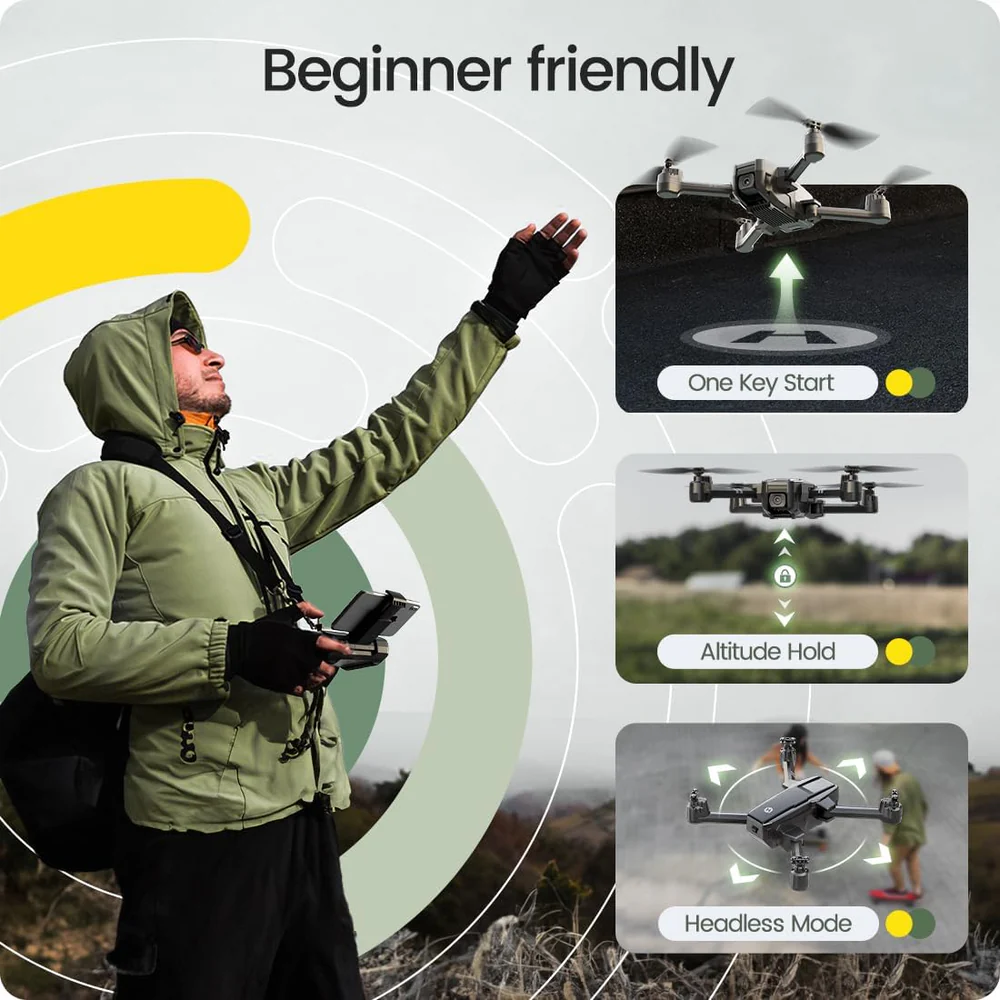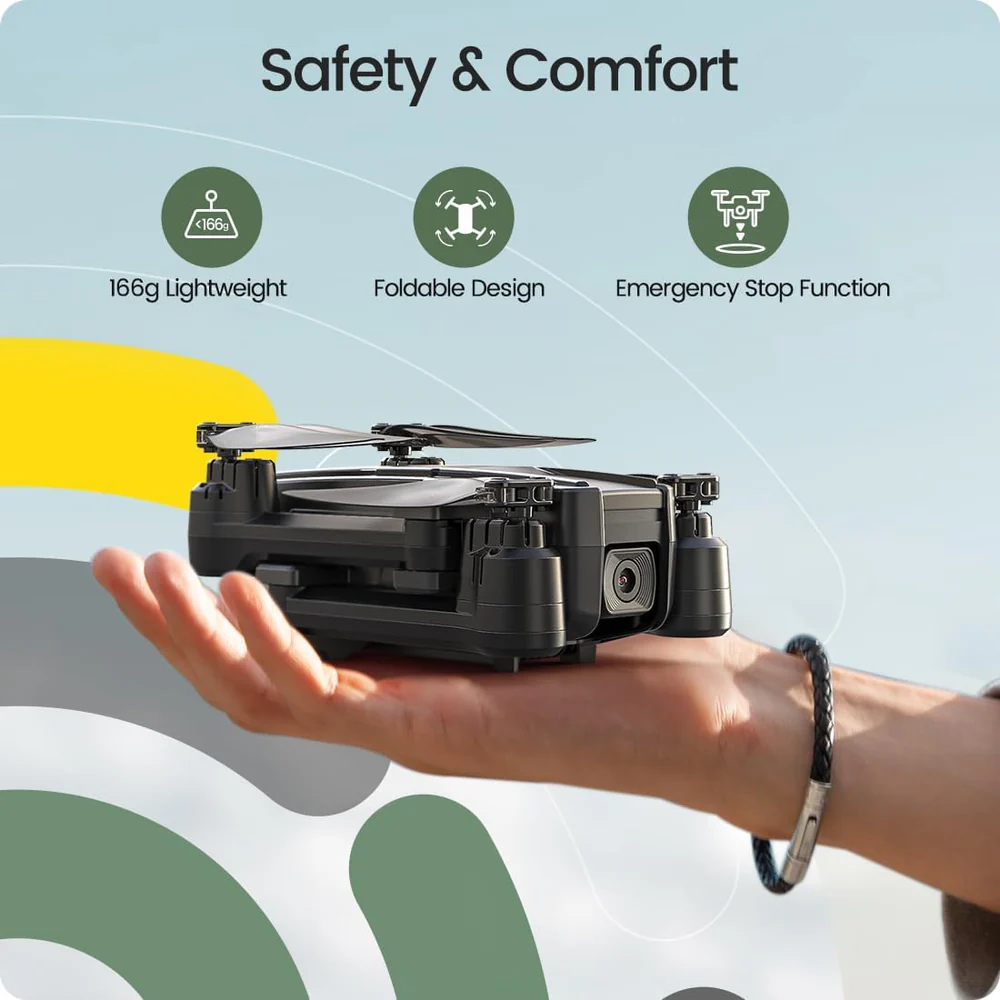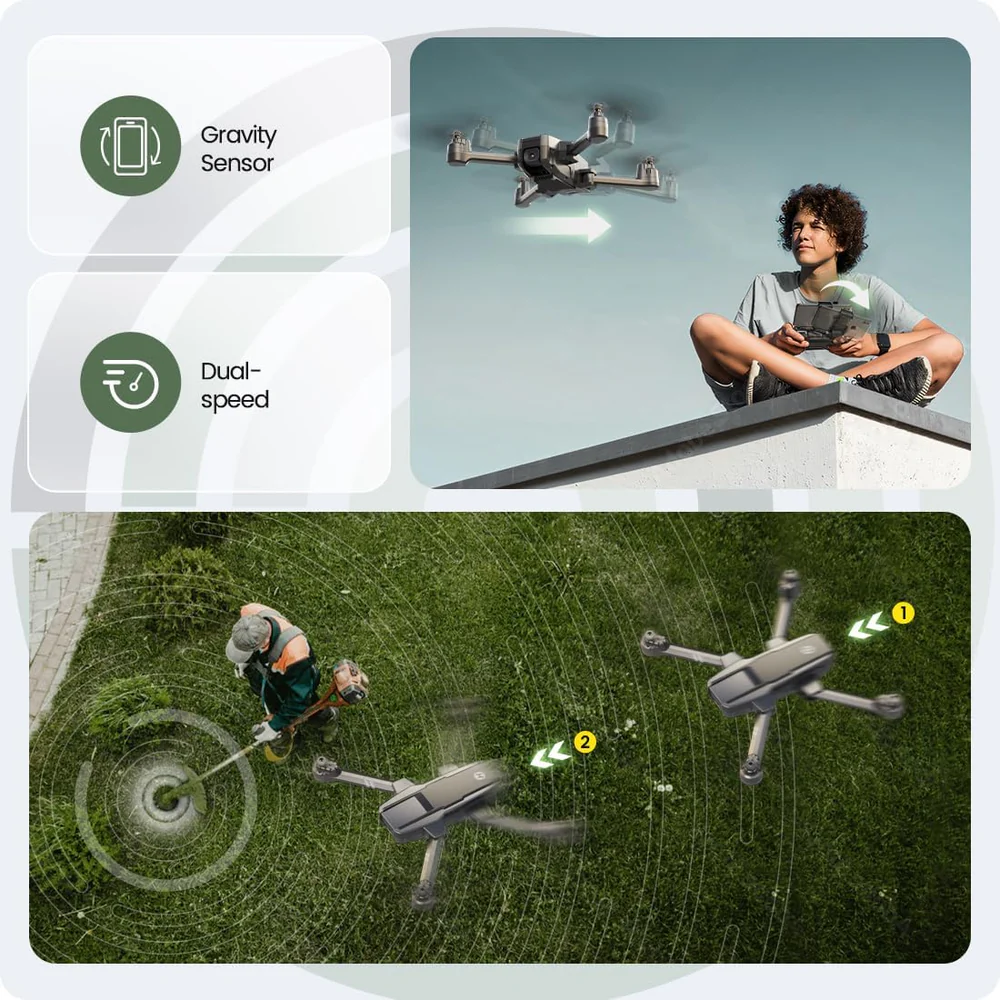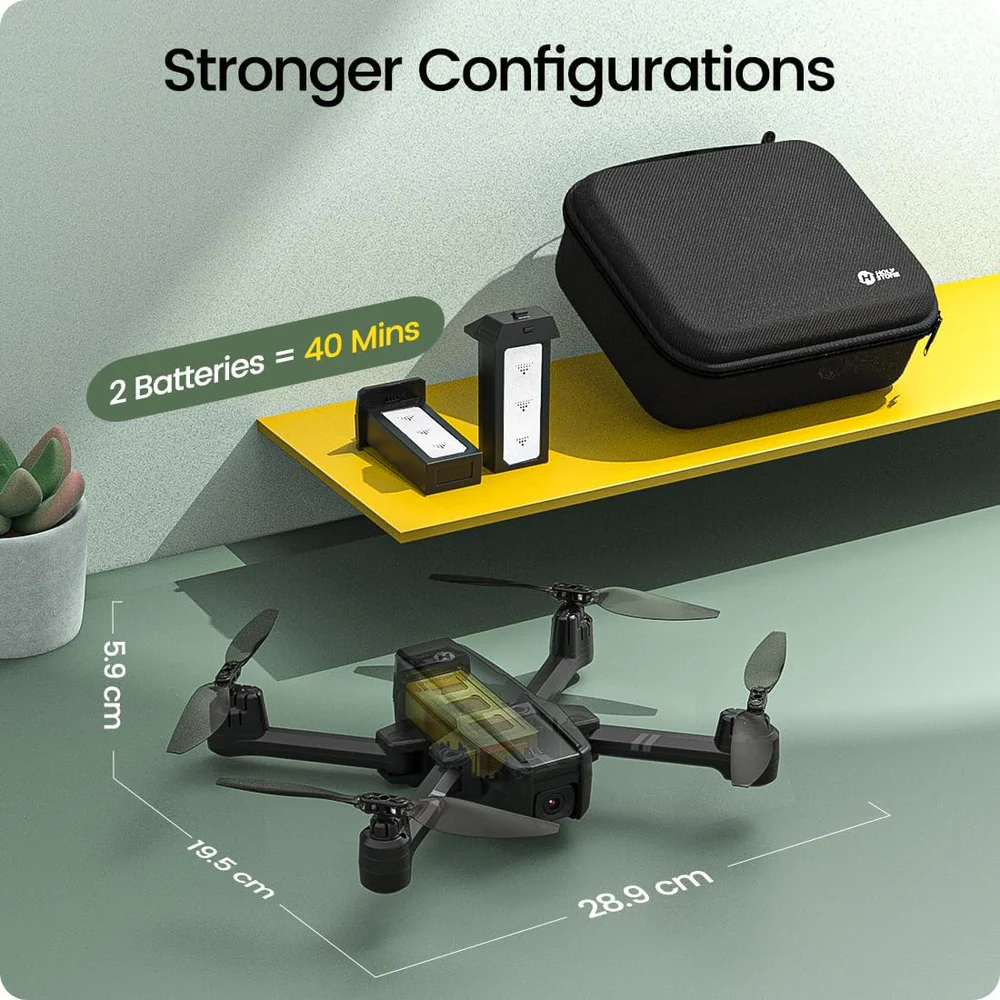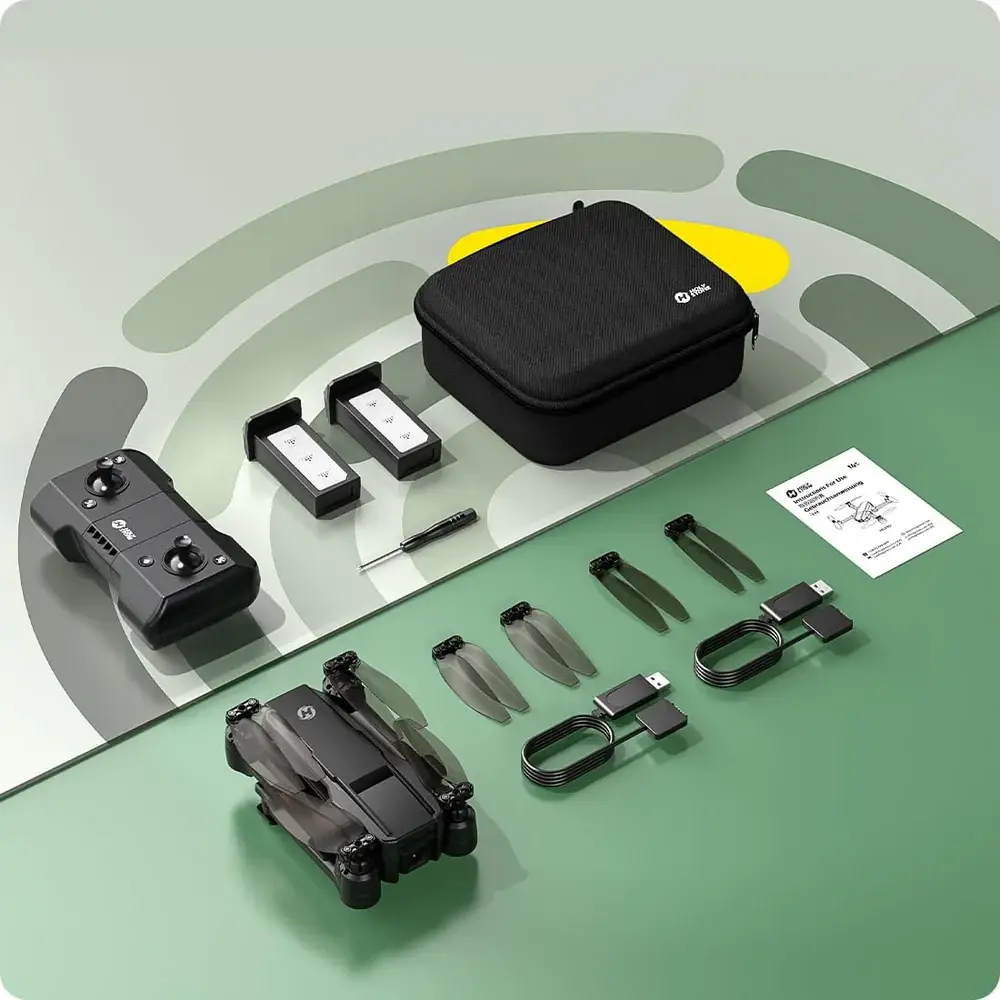In today’s fast-paced world, the integration of science, technology, engineering, arts, and mathematics (STEAM) is more crucial than ever. One area where these disciplines converge beautifully is in the field of drone technology. Learning to safely operate a drone not only equips individuals with practical skills but also fosters a deeper understanding of the STEAM concepts that drive innovation.
The Science Behind Drones
Understanding how drones work involves delving into various scientific principles. From physics to aerodynamics, learners explore how drones achieve flight, the forces acting on them, and the technology that allows for stable navigation. Students gain insights into concepts like lift, thrust, and drag, which are foundational to understanding not just drones, but many aspects of flight and engineering.
The Role of Technology
Drones are a remarkable example of modern technology. They incorporate advanced systems such as GPS, sensors, and cameras, all of which are vital for their operation. By learning to operate drones, students familiarize themselves with cutting-edge technology, including software related to flight planning and data analysis. This exposure prepares them for future careers in tech-driven industries.
Engineering Principles in Action
Operating a drone requires an understanding of engineering principles. Students must learn about design, construction, and maintenance, which are all fundamental components of engineering. Through hands-on experience, they can appreciate how engineering problems are solved and how design impacts functionality. This practical application enhances critical thinking and problem-solving skills, essential for any aspiring engineer.
The Importance of the Art
While drones are often viewed through a technical lens, the arts play a significant role as well. Aesthetic design, creativity in capturing imagery, and storytelling through drone footage highlight the intersection of art and technology. Students can explore how drones are used in filmmaking, photography, and even performance art, encouraging them to think creatively about the applications of their skills.
Mathematics: The Backbone of Drone Operation
Mathematics is integral to drone operation, from calculating flight paths to understanding altitude and speed. Learners engage with geometry, algebra, and statistics as they analyze data collected during flights. This mathematical foundation enhances their analytical skills, making them more adept at interpreting information and making informed decisions.
Smart Drone Academy: Paving the Way for Future Innovators
Recognizing the importance of education in this rapidly evolving field, Smart Drone Academy is dedicated to providing free courses that teach youth how to safely operate drones. By offering accessible training, the academy empowers the next generation of drone operators, ensuring they are equipped with the knowledge and skills needed to navigate this exciting technology.
These courses not only cover the technical aspects of drone operation but also emphasize safety, responsibility, and ethical considerations. By fostering a safe learning environment, Smart Drone Academy instills confidence in young learners, encouraging them to explore their interests in STEAM fields.
Conclusion
The relationship between drone operation and STEAM education is clear. As students learn to navigate the skies, they are also building a strong foundation in science, technology, engineering, arts, and mathematics. Initiatives like Smart Drone Academy play a pivotal role in making this education accessible, inspiring youth to become innovators and leaders in the future of technology. By investing in their education today, we are paving the way for a brighter, more technologically advanced tomorrow.
We’re happy to answer your questions and be your resource for safe drone operation and education. A Smart Drone Academy representative can be reached by phone at 262-505-2291 or via email at info@smartdroneAcademy.com.
